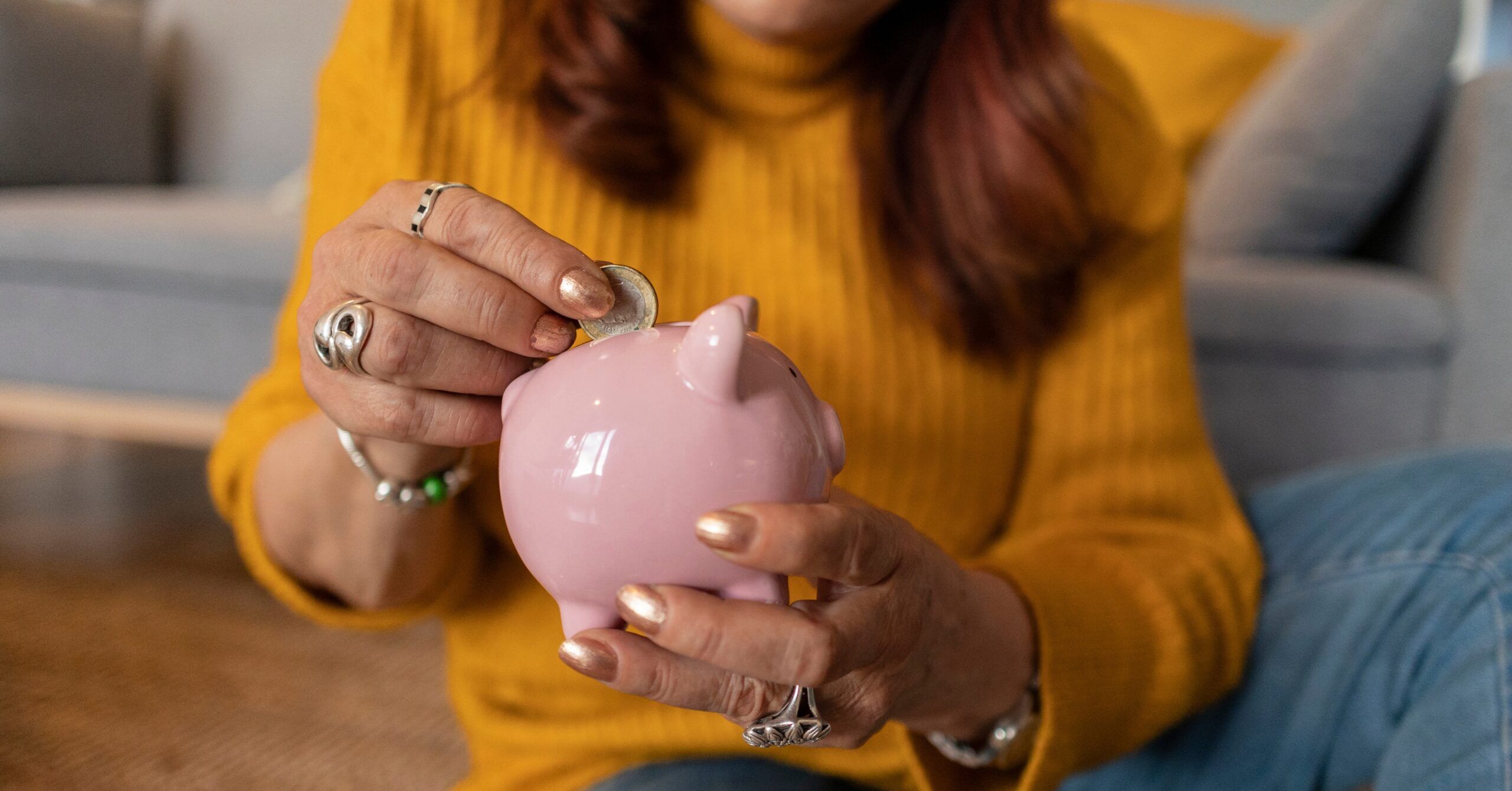During the height of the COVID-19 pandemic, the Australian government introduced the early superannuation access scheme, allowing eligible individuals to withdraw up to $20,000 from their super across two financial years. For many, this was a much-needed financial lifeline, helping cover essential expenses during uncertain times. However, now that the dust has settled, a critical question remains: Should you pay back what you took from super during COVID?
While accessing your super early may have provided short-term relief, it will have long-term financial implications, particularly for your retirement savings, if the money isn’t repaid. This blog explores the impact of withdrawing super and setting up a repayment strategy to ensure you have the retirement you want.
Understanding the Impact of Withdrawing from Super
Your superannuation is designed to grow over time through compound interest and employer contributions, setting you up for financial security in retirement. Withdrawing money early interrupts this growth, meaning you miss out on years - if not decades - of potential earnings.
Key impacts of withdrawing super early:
- Lost compound growth: The money withdrawn no longer benefits from the power of compounding interest over the years.
- Reduced retirement savings: A smaller balance means potentially less income when you retire.
- Tax implications: While early withdrawals were tax-free under the COVID scheme, replacing the funds later may require after-tax contributions unless structured correctly.
How Much Did You Really Lose?
The real cost of withdrawing from super isn’t only the amount you took out - it’s also the lost potential growth. Superannuation funds typically grow at an average annual rate of around 7-8 per cent.
Assuming an average 7 per cent return per year, if you took out $20,000 (at the age of 30), the impact could be over $150,000 in lost retirement savings by the time you reach 65.
This means that while the withdrawal may have helped in the short term, it could have significant long-term consequences.
Should You Pay It Back? Key Factors to Consider
Deciding whether to replace this money from your super depends on your financial situation and priorities. Here are some factors to weigh up:
Your Current Financial Situation
Before making voluntary super contributions, consider your immediate financial health. If you have high-interest debt (such as credit cards or personal loans), it may be wiser to pay this off first. On the other hand, if you’re in a stable position, topping up your super could be beneficial.
Government Incentives and Tax Benefits
The Australian government encourages voluntary super contributions through tax incentives:
- Salary sacrificing: Salary sacrificing refers to contributions made before tax (up to the concessional cap of $30,000 per year) reduce your taxable income and are taxed at just 15 per cent, which is often lower than your marginal tax rate.
- Personal deductible contributions: If you contribute using after-tax dollars, you may be able to claim a tax deduction, reducing your taxable income.
- Co-contribution scheme: If you earn under $62,488 (for the 2025–26 financial year) and make an after-tax super contribution, the government may match up to $500 of your contribution.
Your Retirement Goals
Consider your long-term financial security. If you plan to rely heavily on super in retirement, replenishing your balance now can make a significant difference later. However, if you have other strong investment strategies in place, you might prioritise those instead.
How to Pay It Back
If you’ve decided to rebuild your super, here are some effective ways to do it:
Make Voluntary Contributions
- Salary sacrifice: Arrange with your employer to contribute part of your pre-tax salary into your super. This reduces your taxable income and helps your super grow faster.
- After-tax contributions: If you have extra savings, consider making lump-sum contributions.
Take Advantage of Government Contributions
- Co-contributions: As mentioned earlier, if you earn under the threshold, the government may add to your super if you contribute voluntarily.
- Spouse contributions: If your spouse earns under $40,000, you may be eligible for a tax offset of up to $540 if you contribute to their super.
Create a Repayment Plan
- Set a goal to replace what you withdrew within a specific timeframe (e.g., 3–5 years).
- Automate small, regular contributions so they don’t impact your daily finances.
- Use windfalls (such as tax refunds or bonuses) to boost your super balance.
Alternatives to Consider
If you’re unsure about repaying your super, consider other investment options:
- Investing in shares or ETFs: If you’re comfortable with risk, investing outside of super might provide higher returns, though it lacks the tax benefits of superannuation.
- Buying property: If home ownership or investment property is a goal, directing funds toward a deposit might be a better financial move.
- Boosting an emergency fund: If you don’t have a financial buffer, focusing on building emergency savings first could be a priority before topping up your super.
How Can the Team at Inovayt Assist?
Withdrawing from super during COVID-19 was a vital step for many Australians - but now it’s time to take control of your financial future. Replenishing your super could significantly impact your long-term wealth, and the earlier you act, the greater the potential benefits. By reviewing your current financial position, leveraging available tax incentives, and planning with purpose, you can make a strong move toward a more secure retirement.
Everyone’s financial journey is different, but one thing remains the same: proactive planning pays off. If you're uncertain about your next steps, speaking with a financial adviser can give you the clarity and confidence to move forward.
At Inovayt, we’re here to help you rebuild with intention. Reach out today and take the first step towards strengthening your super and securing your financial future.


